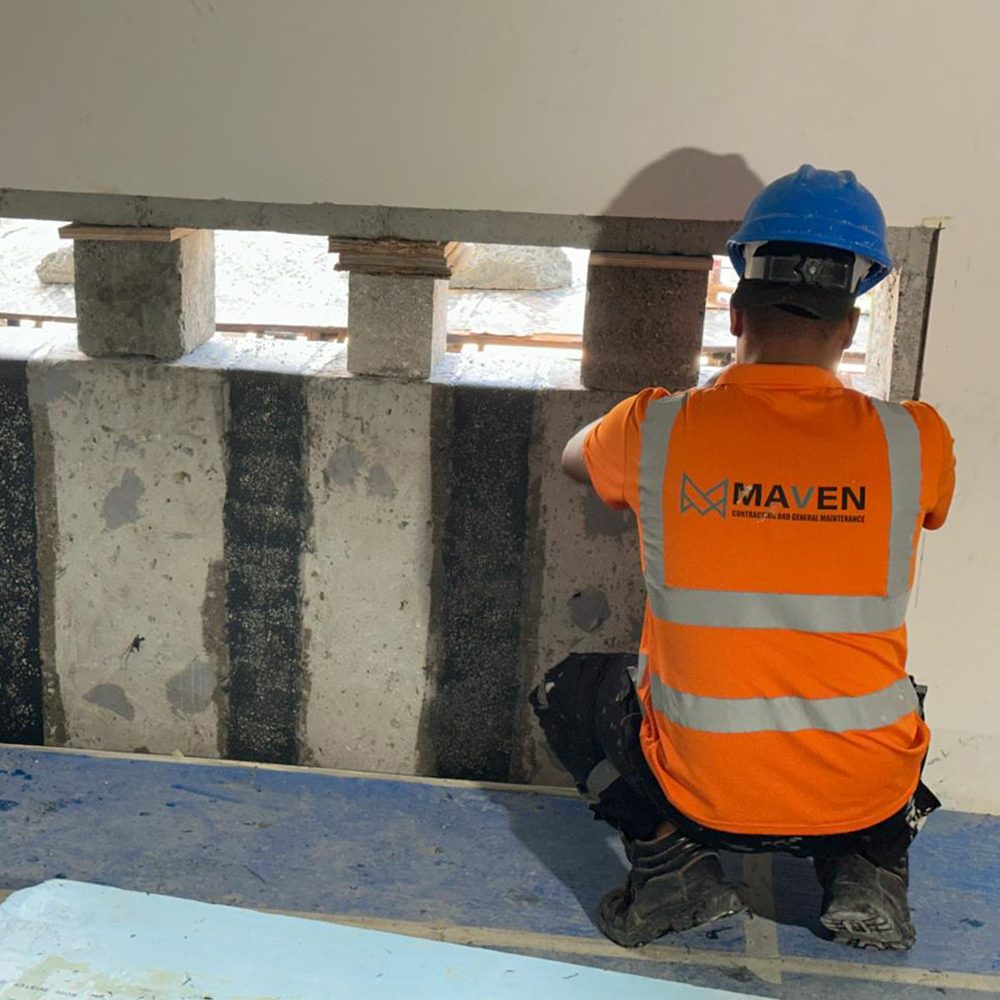The Innovations in Structural Strengthening

Innovations in structural strengthening have significantly advanced the field of civil engineering, allowing for the rehabilitation and enhancement of aging infrastructure, as well as the improvement of the load-carrying capacity of structures. These innovations encompass a wide range of materials and techniques that aim to address the challenges posed by deteriorating structures and the need for increased structural performance.
One notable innovation in structural strengthening involves the use of advanced composite materials, such as fiber-reinforced polymers (FRP) and carbon fiber-reinforced polymers (CFRP). These lightweight, high-strength materials offer exceptional corrosion resistance and are increasingly utilized to reinforce and retrofit concrete, steel, and timber structures. The application of FRP and CFRP involves the bonding of these materials to the existing structure, effectively enhancing its strength and durability.
Furthermore, the development of high-performance cementitious materials and epoxy-based resins has revolutionized the repair and strengthening of concrete structures. These materials offer superior bonding characteristics, durability, and resistance to environmental factors, making them ideal for addressing concrete deterioration, cracks, and other structural deficiencies.
In addition to advanced materials, innovative strengthening techniques have emerged to efficiently and effectively enhance structural performance. Near-surface mounted (NSM) reinforcement, for instance, involves embedding reinforcing bars or FRP strips into shallow saw-cuts in concrete elements, providing increased flexural and shear capacity while minimizing the impact on the structure’s aesthetics.
Another notable technique is the use of externally bonded reinforcement, which entails applying FRP or steel plates to the surface of a structure to augment its load-carrying capacity. This method is particularly effective for strengthening beams, columns, and slabs, and it offers the advantage of being relatively non-intrusive compared to traditional reinforcement methods.
Furthermore, the integration of advanced structural monitoring and assessment technologies, such as sensors and non-destructive testing methods, has enhanced the ability to accurately evaluate the performance of strengthened structures and to detect potential weaknesses or defects.
In conclusion, innovations in structural strengthening materials and techniques have significantly expanded the capabilities of civil engineers and construction professionals to rehabilitate, reinforce, and upgrade existing infrastructure. These advancements not only contribute to the sustainability and resilience of built environments but also enable the efficient utilization of resources by extending the service life of structures and minimizing the need for costly replacements. As research and development in this field continue to progress, it is expected that further groundbreaking solutions will emerge, further advancing the practice of structural strengthening.